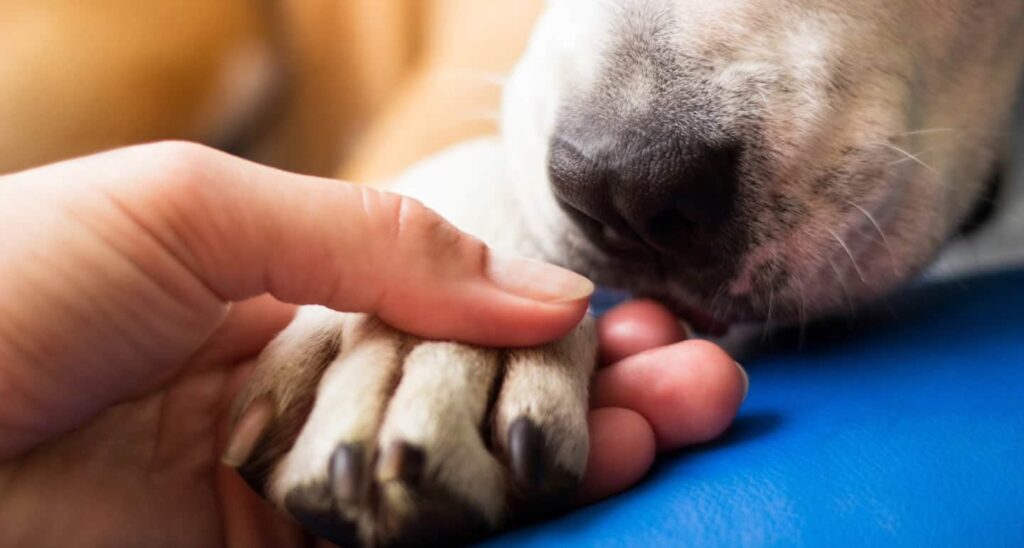Anyone who has ever left a pet at a local shelter will tell you that it is primarily a passing nightmare.
Theres some paperwork. Probably some tears. Occasionally, members of a neighborhood animal welfare group will set up camp outside in an effort to influence your decision.
No shelter, of course, can refuse an animal. But in a matter of days, they can euthanize them, and they frequently do. Those times can be among the most trying, perplexing, and depressing in a dog’s life.
If pet owners who drop off their animals at high-intake shelters knew what happens to dogs after their owners leave, shelters might be a lot more empty.
Leaving your pet at a shelter might not be your best option if you can no longer care for him and want to find him a good home. Every year, around 1. In U.S. shelters, 2 million dogs are euthanized every year. S.
The founder of the California-based rescue Marleys Mutts, Zach Skow, cannot emphasize this point enough: “The vast majority of dogs do not survive.” “.
They are up against the greatest odds. No dog, especially one who was once cherished as a member of the family and steadfast friend, deserves to have the odds stacked against him.
Consider a few sobering facts before deciding to drop off a dog at the shelter.
Amy KleinThis browser does not support the video tag.
She succeeded, at least, a little.
“I spent a good hour with him. He finally accepted the treats I was offering him. “.
Public shelters take in way more dogs than they adopt out
There are about 13,600 community animal shelters across the U.S. managing an intake of about 7.6 million pets ever year. And how many animals actually leave the system in that span? Around 2.7 million.
To be sure, there are a handful of heroic shelters that manage to uphold a no-kill policy. Best Friends, for example, has shelter facilities Utah and California that dont put a single animal down. North Shore Animal League America follows a similarly humane mantra.
But a shelter’s effectiveness depends on how many volunteers it has. Some shelters simply become inundated.
Consider Miami-Dade Animal Services, shown below, where patrons frequently leave their dogs chained to the fence outside due to the dense crowds of incoming castaways. There just arent enough people to process so many animals.
A Los Angeles County shelter has become well-known for its severe volunteer shortage.
Amy Klein, a frequent visitor to shelters in the county, claims that “They dont even have enough volunteers to take the animals out of their kennels to give them a little exercise or sit in a play yard for 20 minutes.” “So there are some that never get outside. “.
Do Animals Suffer When They Are Put Down?

The term “euthanasia” is derived from the Greek phrase “good death.” The practice’s goal is to humanely end the lives of animals.
They should feel less pain and distress. These can be through physical or pharmacological methods.
Most shelters use lethal injection to put their animals down. The cruel ones kill them using toxic gases and other dreadful methods.
Euthanasia by lethal injection is not painful for the cat or dog. First, the vet makes sure the animal is as comfortable as possible.
They will then administer the intravenous anesthetic which causes unconsciousness. Your pet will smoothly drift away.
The next shot is the shot of death. The animal’s brain activity will have been altered by that time, so pain won’t be an issue.
Death occurs so gradually that you are unaware of it until the veterinarian looks for the absence of a pulse.
The animal may take a few last breaths before passing away, but these are brought on by involuntary muscle relaxations. They don’t mean that the pet is alive.
Protest if your shelter wants to kill animals other than by lethal injection. Most of them are painful for the poor animal.
Report to the local authorities and if nothing is done, look for another alternative.
FAQ
How long do dogs have before they are euthanized?
These laws outline the minimal amount of time that an animal (typically a dog or cat) must be kept at a pound or public animal shelter before it is offered for sale, adopted out, or put to death. Typically, the holding period runs from five to seven days. However, in some circumstances, it may only last 48 to 72 hours.
Do dogs know when they are being put down?
While dogs aren’t aware they are being put to sleep, they can still react to underlying pain when the vet is handling them, feel nervous energy, react to an injection, or even vocalize or have muscle spasms involuntarily.
What happens to dogs that don’t get adopted?
If the shelter is full and your dog doesn’t find a home within 72 hours, it will be put to death. If the shelter isn’t already at capacity and your dog is good enough and belongs to a desirable breed, it might be granted a brief stay of execution.
Where do they put dogs after being put down?
Some pet owners will choose communal cremation, also known as mass or group cremation. Most of the time, the cremation/burial business can pick up your dog’s remains from the hospital directly. As an alternative, you might prefer to take your dog’s remains home so you can take care of the aftercare yourself.
